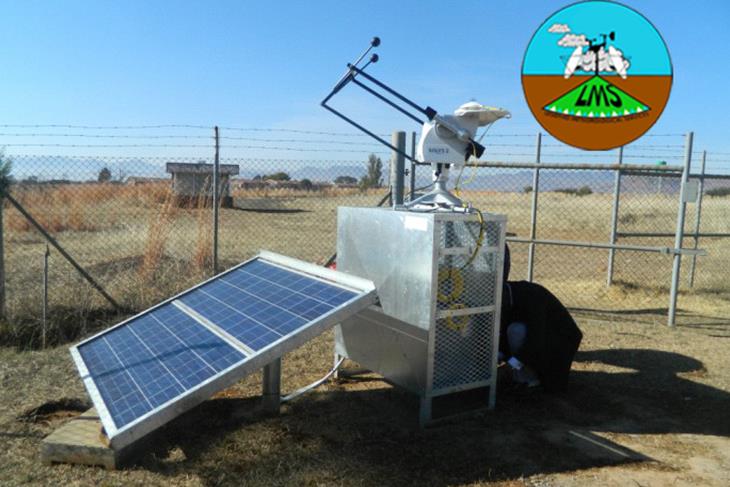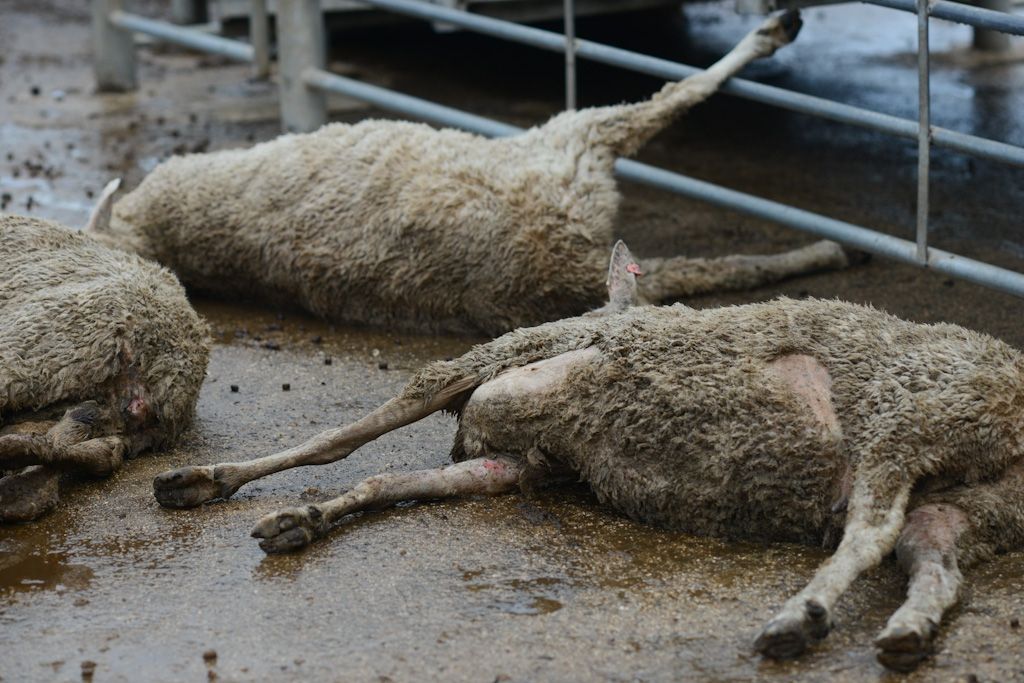Farmers and residents across Lesotho are looking toward the coming months with a sense of cautious optimism, as the Lesotho Meteorological Services (LMS) has released a promising preliminary forecast for the 2025/26 rainfall season.
The outlook, issued on Wednesday, suggests a heightened likelihood of normal to above-normal rainfall between October and February, a welcome change after recent climate-related challenges.
The forecast is shaped by a significant shift in a global climate pattern known as the El Niño-Southern Oscillation (ENSO).
This is one of the most powerful natural phenomena on Earth, second only to the seasonal cycle driven by the Earth’s orbit. ENSO has three phases: El Niño (warmer-than-average ocean temperatures in the Pacific), La Niña (cooler-than-average temperatures), and a neutral phase.
The report from the International Research Institute for Climate and Society (IRI) indicates that the current neutral ENSO conditions are expected to transition into a weak La Niña phase, starting as early as October and lasting through March 2026.
For Southern Africa, a La Niña event is typically associated with increased rainfall and cooler conditions.
This is the main reason why the LMS is predicting a wetter season for Lesotho. The preliminary forecast suggests a gradual progression toward these wetter conditions.
The first three months, from October to December, are most likely to receive rainfall within the normal range. However, as the heart of summer approaches, a shift is anticipated, with a higher probability of above-normal rainfall during the December-January-February period.
This detailed prediction is a result of advanced meteorological science. The LMS report specifies that the forecast was generated by statistically “downscaling” data from a system called the North American Multi-Model Ensemble (NMME).
The NMME is a collaborative climate forecasting project that combines data from several sophisticated climate models from various research centres in North America. By using a multi-model approach, scientists are able to produce more accurate and reliable forecasts.
The Lesotho Meteorological Services used this data as a base, along with historical rainfall records from 1991 to 2020, to train and calibrate its local forecasting model. The model, a powerful system called the Python Climate Predictability Tool (PyCPT), utilised specific inputs like predicted sea surface temperatures from July to make its final determination.
Summary
- Farmers and residents across Lesotho are looking toward the coming months with a sense of cautious optimism, as the Lesotho Meteorological Services (LMS) has released a promising preliminary forecast for the 2025/26 rainfall season.
- The forecast is shaped by a significant shift in a global climate pattern known as the El Niño-Southern Oscillation (ENSO).
- The report from the International Research Institute for Climate and Society (IRI) indicates that the current neutral ENSO conditions are expected to transition into a weak La Niña phase, starting as early as October and lasting through March 2026.

Ntsoaki Motaung is an award-winning health journalist from Lesotho, specializing in community health stories with a focus on sexual and reproductive health and rights, as well as HIV. She has contributed to platforms like “Be in the KNOW,” highlighting issues such as the exclusion of people with disabilities from HIV prevention efforts in Lesotho.
In addition to her journalism, Ntsoaki serves as the Country Coordinator for the Regional Media Action Plan Support Network (REMAPSEN). She is also a 2023 CPHIA Journalism Fellow.









